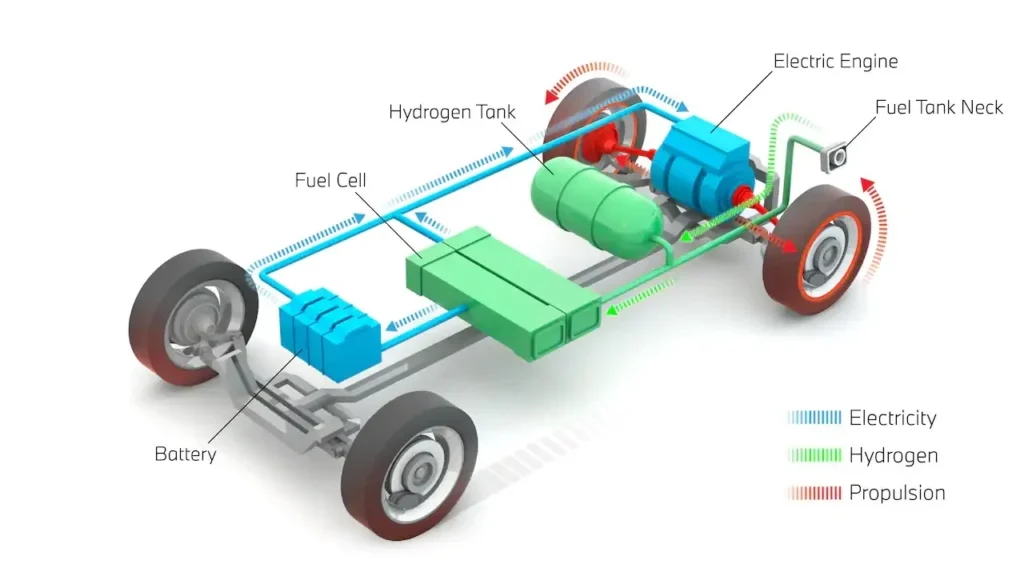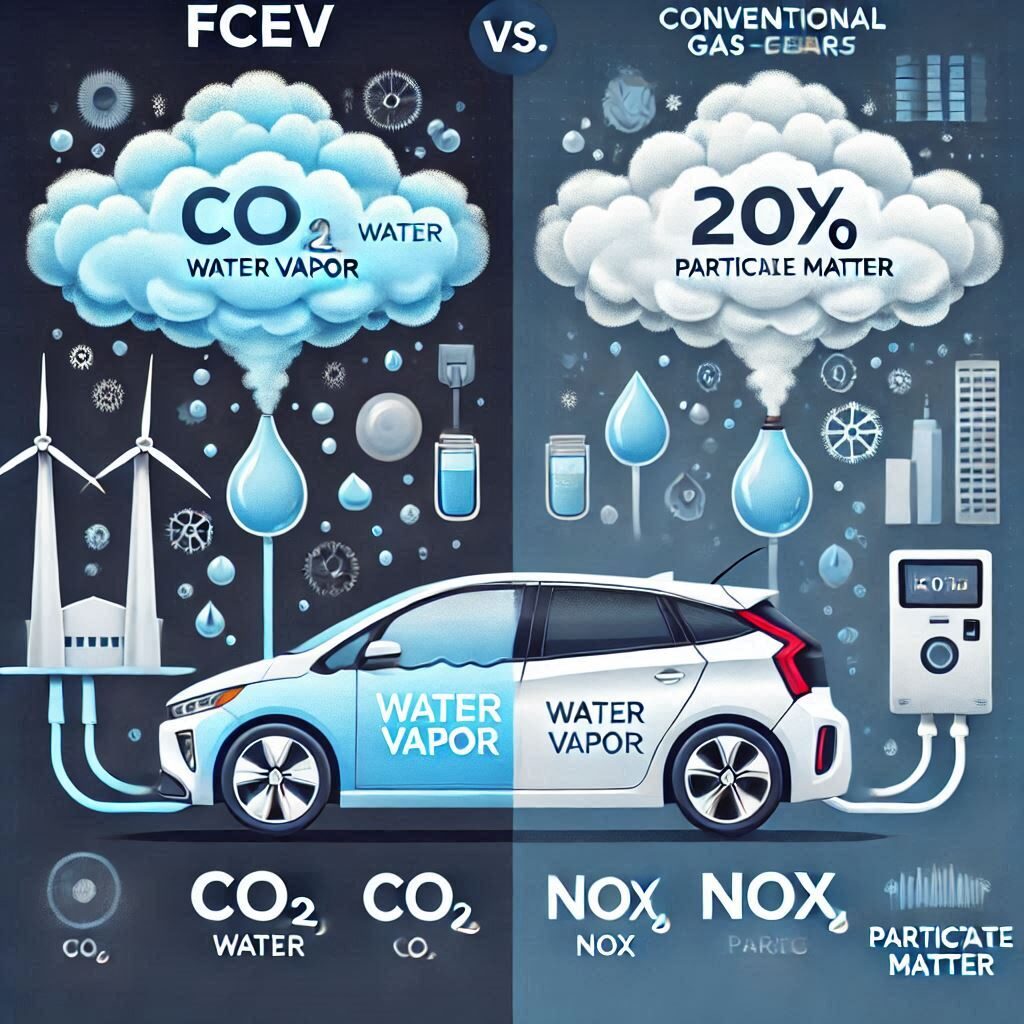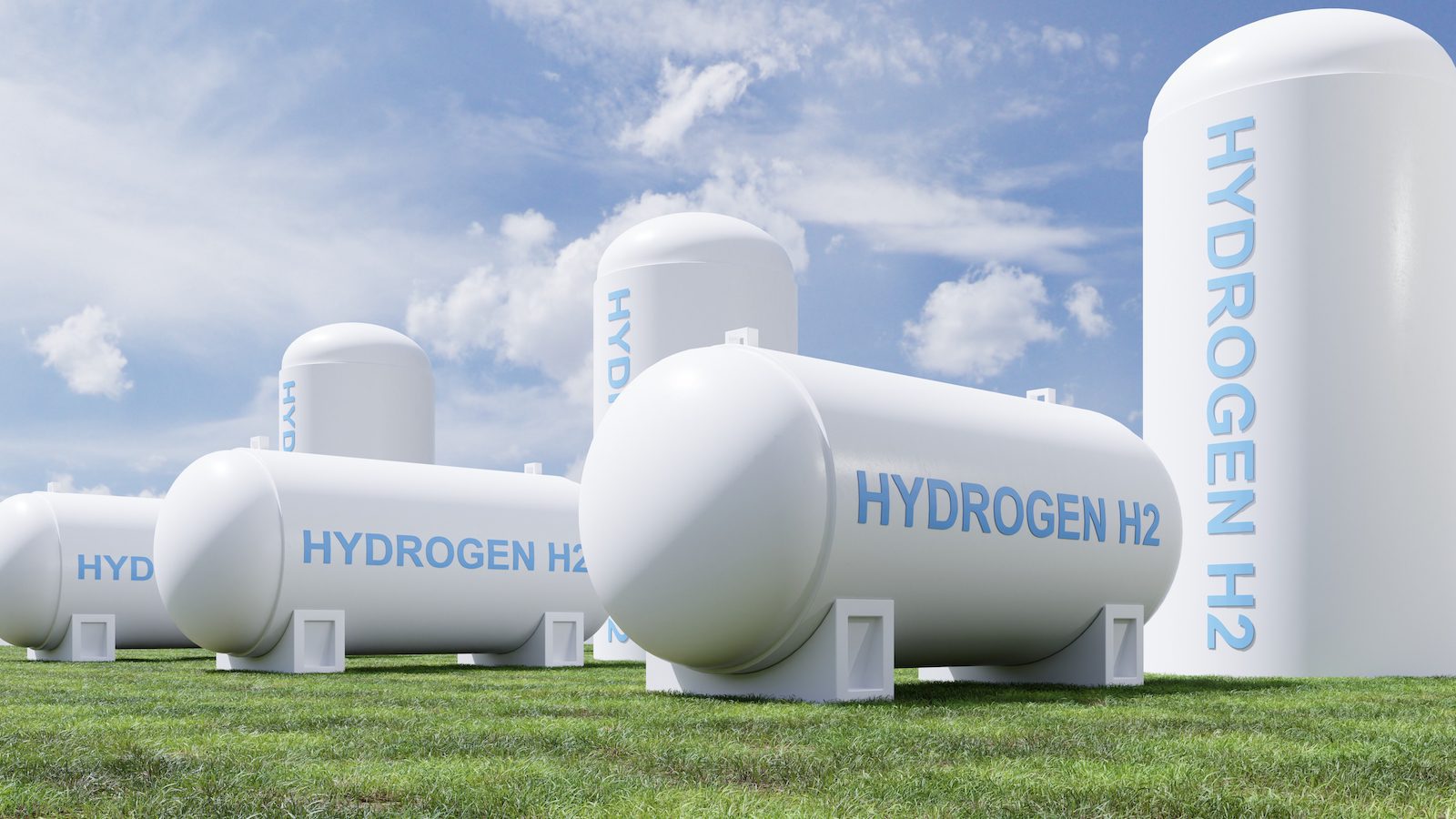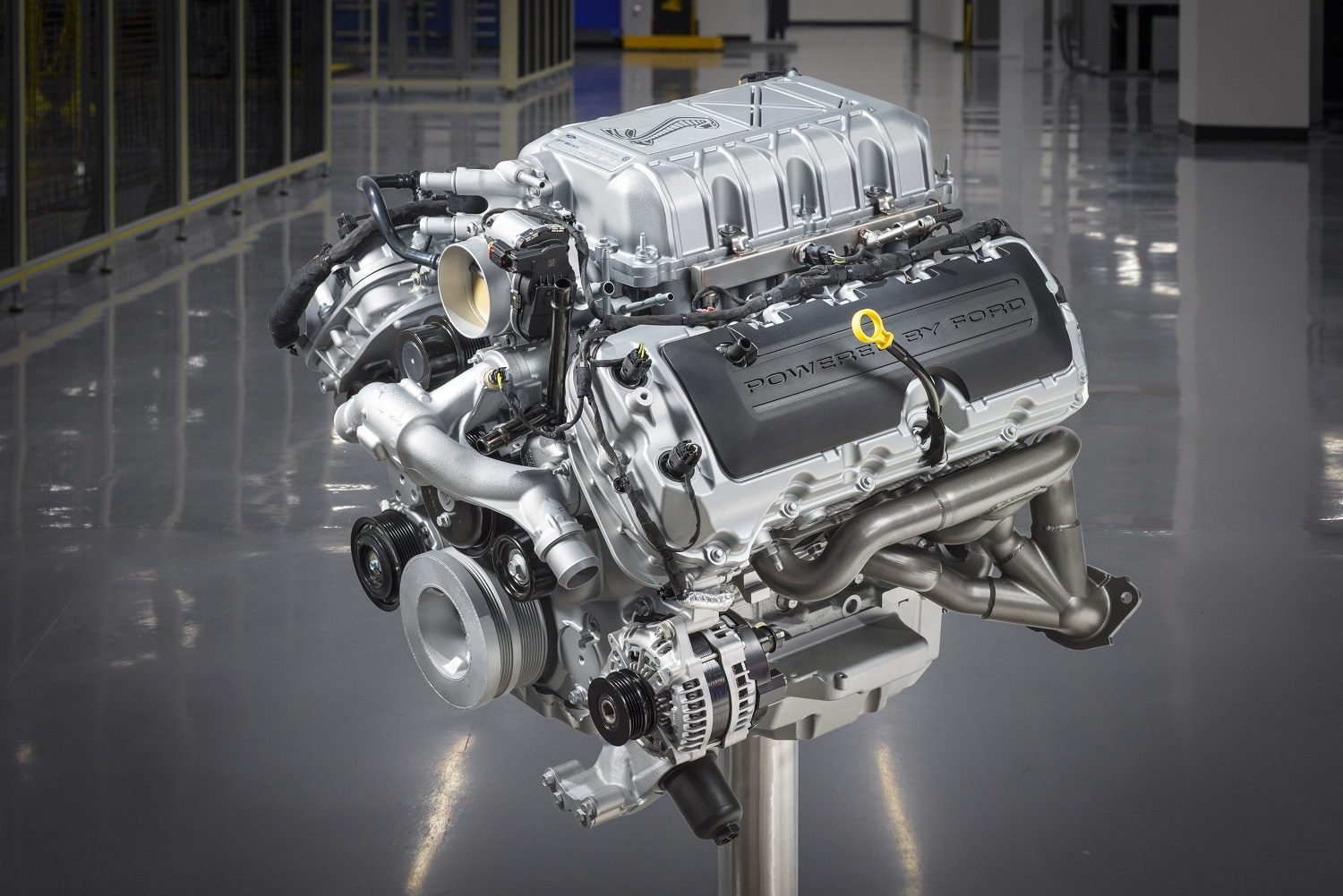Mother Nature is an embodiment of nature that emphasizes the life-giving and sustaining elements of nature by incorporating them into the structure of a mother. Our existence as a human race revolves entirely around Mother Nature.
However, it has been dramatically affected by the carbon emissions released by vehicles. According to LeaseCar.Uk, transport is responsible for almost 30% of CO2 emissions globally, and road transportation (mainly cars) accounts for 72% of these emissions.
Moreover, a regular passenger’s vehicle releases an average of 4.6 metric tons of CO2 yearly. In addition, 19.64 pounds of CO2 are generated when one gallon of gasoline is burned, and 22.38 pounds of carbon dioxide are caused by the burning of one gallon of diesel.
Cars have become a basic necessity in daily life, and survival without them is very difficult. But, using a fuel-operated car is very harmful to Mother Nature. Since we cannot stop using cars, we can still go greener in terms of using them. We can do much to reduce emissions, like driving a Hydrogen Fuel Cell Vehicle.
What are Hydrogen Fuel Cell Vehicles?
Hydrogen Cell Vehicles are a type of electric vehicle that differ from traditional internal combustion engine vehicles. Instead of burning fuel, they generate electricity using fuel cells to power the motor, unlike battery electric vehicles (BEVs) that rely on lithium-ion batteries.
Unlike gasoline-powered cars, hydrogen cell vehicles don’t produce emissions from combustion. A key distinction between them and standard electric vehicles is their ability to produce electricity on the go, eliminating the need for external recharging. Due to their reliance on fuel cells for power, these vehicles are often referred to as Fuel Cell Electric Vehicles (FCEVs).
How do they work?
The thing that powers a Hydrogen Fuel Cell Car is compressed hydrogen. The car’s fuel tanks send the hydrogen stored in them to the fuel cell stack. It reacts with the oxygen present there to generate electricity by a process named reverse electrolysis. Instead of burning the gas, the chemical energy of the fuel is changed into electrical energy in the cell. The cars’ electric motors are then provided with power using this electricity.

The fuel cells’ structure is similar to that of a lithium-ion battery. They contain a cathode, an anode, and a catalyst. When the hydrogen sets foot in the anode, it encounters the catalyst responsible for separating hydrogen into electrons and protons. The conductive current collector puts together the electrons and is connected to the car’s high-voltage circuitry, feeding the motors that make the wheels turn and the battery.
How do FCEVs help in protecting Mother Nature?
Just as electric vehicles don’t produce any emissions, FCEVs also don’t produce any CO2 gas emissions. They are no-emission vehicles and have no relation to greenhouse gas tailpipe emissions or smog. As no CO2 gas is released, it helps in the protection of Mother Nature.

CO2 gas is very harmful to Mother Nature as it contributes to the greenhouse effect. This detrimental gas is injurious to not only Earth but to the health of every living thing as well. So technically, FCEVs not only protect Mother Nature instead protects every living thing.
To save Mother Nature, we should shift to using Hydrogen Fuel Cell cars before it’s too late as they don’t release carbon dioxide or burn any type of fossil fuel to work. This toxic gas is harming not only the Earth but also every living being on Earth. It has already been late enough since we realized this, but better late than never!







